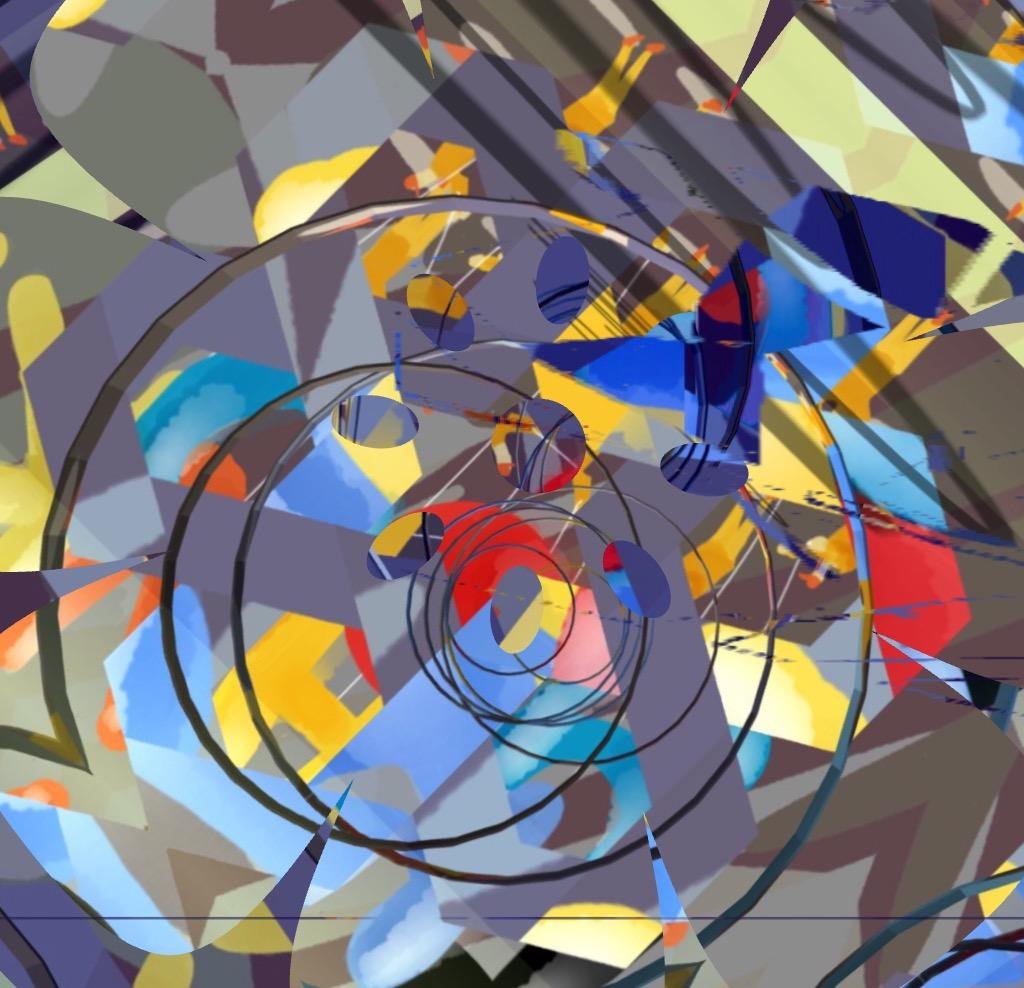
Table of Contents
The number 60’s relationship with geometry
The number 60’s relationship with geometry extends beyond its use in measuring angles and circles. This connection can be further explored through the concepts of regular polygons, tessellation, and even in the context of the dimensions and ratios found in nature and architecture. Incorporating these aspects provides a more comprehensive understanding of how deeply the number 60 is woven into the fabric of mathematical and geometric reasoning.
Geometry and the Number 60
Regular Polygons
- Hexagons and Dodecagons: The number 60 is intimately related to the internal angles of certain regular polygons. For example, each external angle of a hexagon (a six-sided polygon) is 60 degrees, reflecting the sexagesimal system’s symmetry and efficiency. Furthermore, a dodecagon (a twelve-sided polygon) has internal angles of 150 degrees, which are complementary to 30-degree angles, a division of 60. These geometric properties make hexagons and dodecagons significant in both natural formations (e.g., honeycomb structures) and human-made designs.
Tessellation and Tiling
- Efficient Coverage: The ability of 60-degree angles to tessellate, or tile a plane without gaps or overlaps, is a remarkable property. This principle is evident in the hexagonal tiling commonly seen in nature, such as in beehives. The efficiency of space usage and the strength of the resulting structure have inspired applications in architecture and materials science.
Geometry in Nature and Architecture
- Fibonacci Sequence and Golden Ratio: While not directly related to the number 60, there’s a conceptual link in how certain numbers and ratios are recurrently found in nature and human design. The number 60, through its divisibility and geometric applications, shares this natural affinity for creating harmonious and efficient structures. The division of circles into 360 degrees (a multiple of 60) facilitates the design and description of natural and architectural forms, aligning with patterns that are aesthetically pleasing and structurally sound.
Astronomical and Time Measurements
- Division of the Celestial Sphere: The ancient division of the celestial sphere into 360 degrees, with each degree further divided into 60 minutes and each minute into 60 seconds, is a direct application of the number 60 in geometry that has astronomical implications. This system simplifies the calculation of celestial movements and coordinates, aiding in navigation, timekeeping, and the calendar system.
Implications for Mathematical Education
- Teaching Opportunities: The diverse applications of the number 60 in geometry provide rich teaching opportunities. Educators can use these real-world connections to engage students with abstract mathematical concepts, demonstrating the relevance and utility of mathematics in understanding the world.
Conclusion
The number 60’s relationship with geometry is multifaceted, influencing the understanding and application of mathematical concepts from the structure of polygons to the tessellation of planes and the measurement of celestial movements. Its geometric significance extends beyond theoretical mathematics into practical applications in nature, architecture, and technology, illustrating the profound impact of this number on both the natural world and human achievement. The exploration of 60 within geometry not only enriches our appreciation for mathematics but also deepens our understanding of the inherent patterns and structures that govern the universe.
Featured image

The image created captures the mathematical beauty of the number 60, integrating various elements that highlight its significance in geometry, timekeeping, and the natural world. This artistic representation invites reflection on the profound connections between mathematics and the patterns we observe around us.
And the bee on top of it!
The inclusion of the bee not only highlights the natural geometric beauty found in hexagonal beehive structures but also serves as a nod to the intricate relationship between mathematics and nature, particularly emphasizing the significance of the number 60.
It’s fascinating how these elements combine to form a cohesive and striking visual narrative that celebrates the elegance and utility of mathematics in both the natural and conceptual worlds.
Thank you for reading, shares and comments!
✨ Comment Policy ✨
We welcome thoughtful, kind, and constructive comments that contribute to meaningful conversations.
Please note:
- Promotional links and unsolicited offers will be removed.
- Spam, irrelevant content, or self-promotion without prior permission will not be published.
- We value quality engagement over quantity — thank you for helping us keep this a respectful and inspiring space!
Sources openai Language models, aitrot, picsart and mib
Take time to learn
Invest in your future
Embark on a journey into the realm of affiliate marketing and craft your own website within a vibrant, supportive community. Join me in this adventure, where you can begin as a free starter and stay as long as you desire. Enjoy complimentary hosting and foundational teachings to set you on your path. For those with advanced skills, opportunities to elevate your expertise await. Take a moment to explore and witness the magic for yourself!




